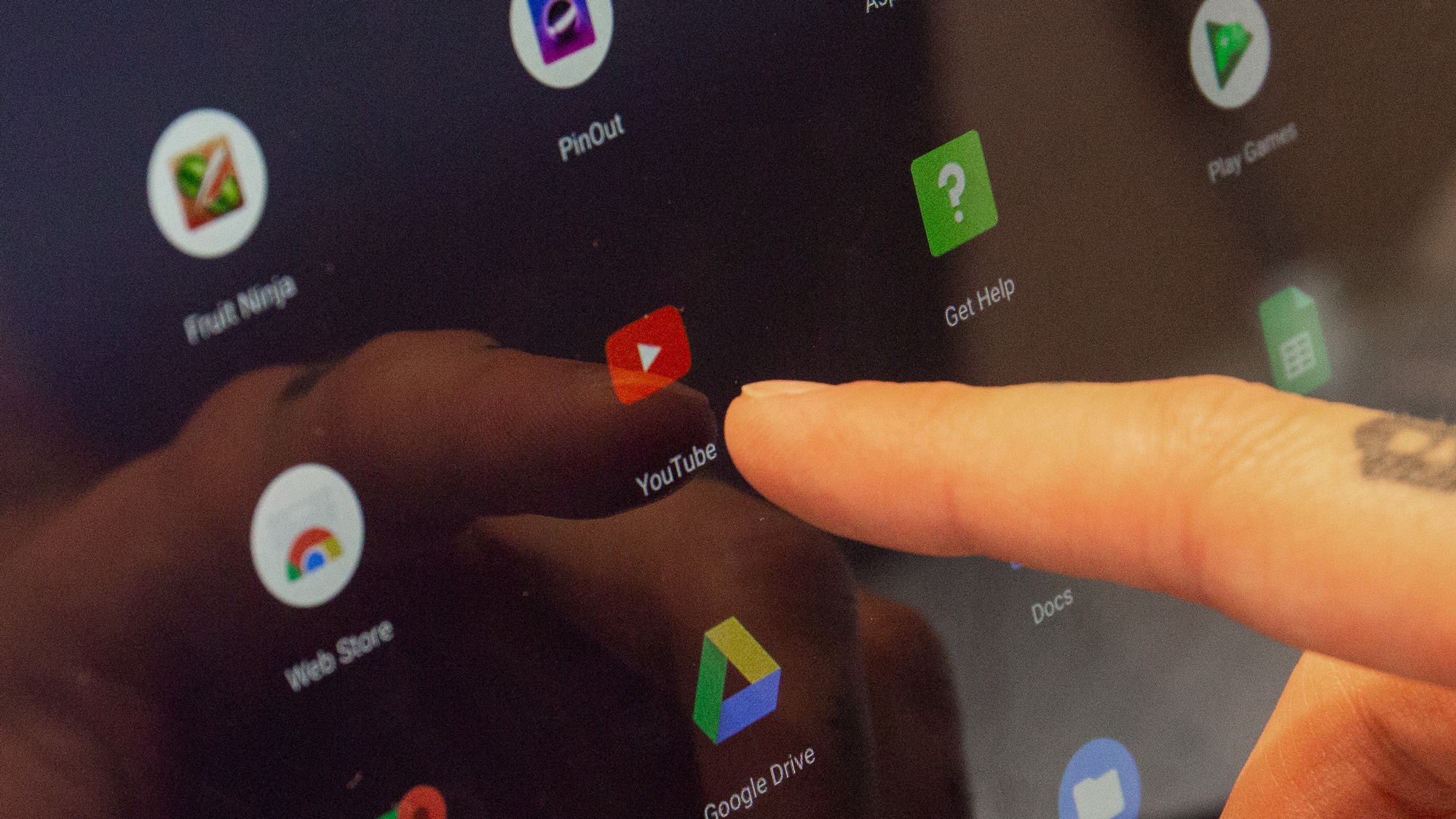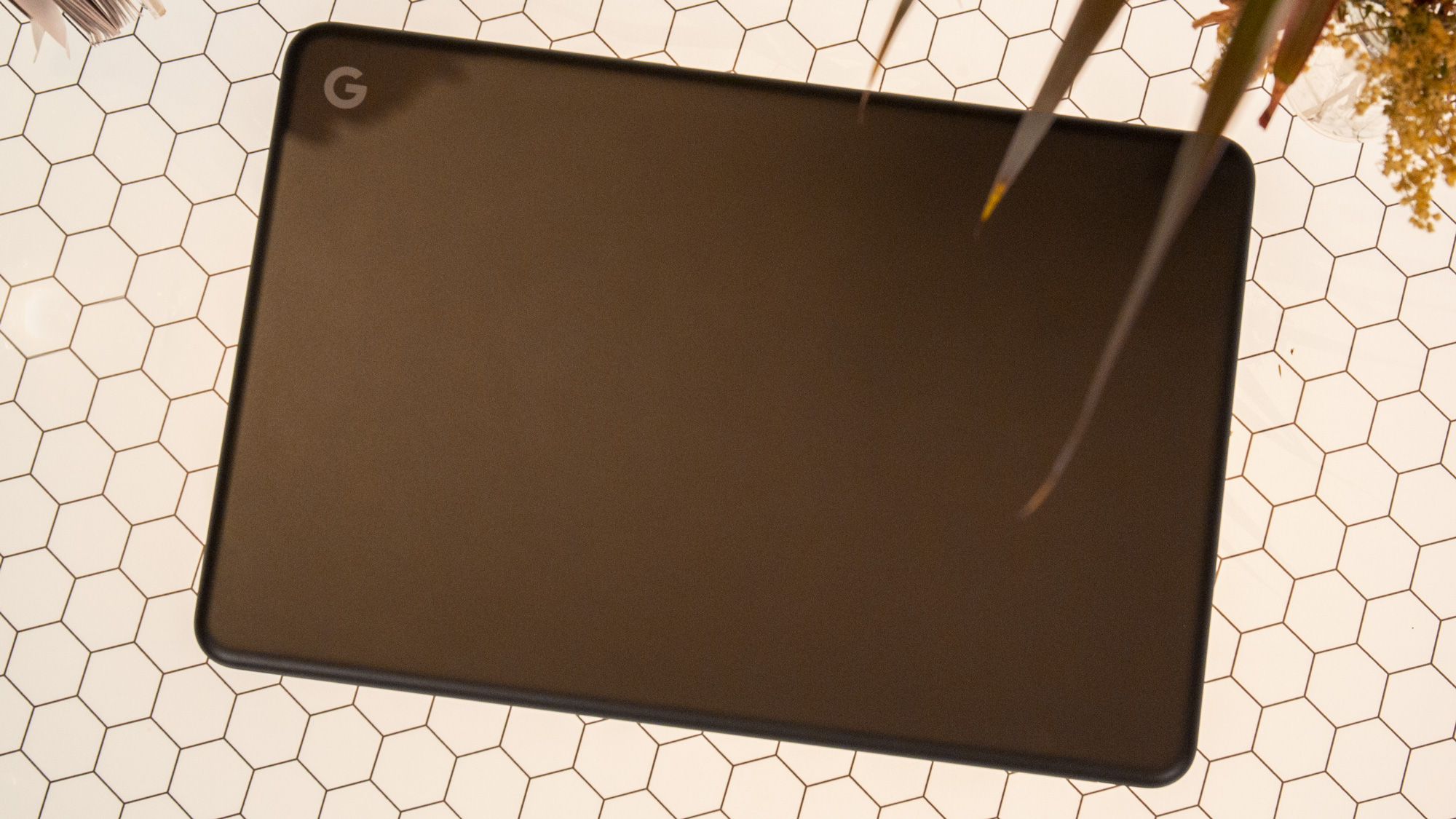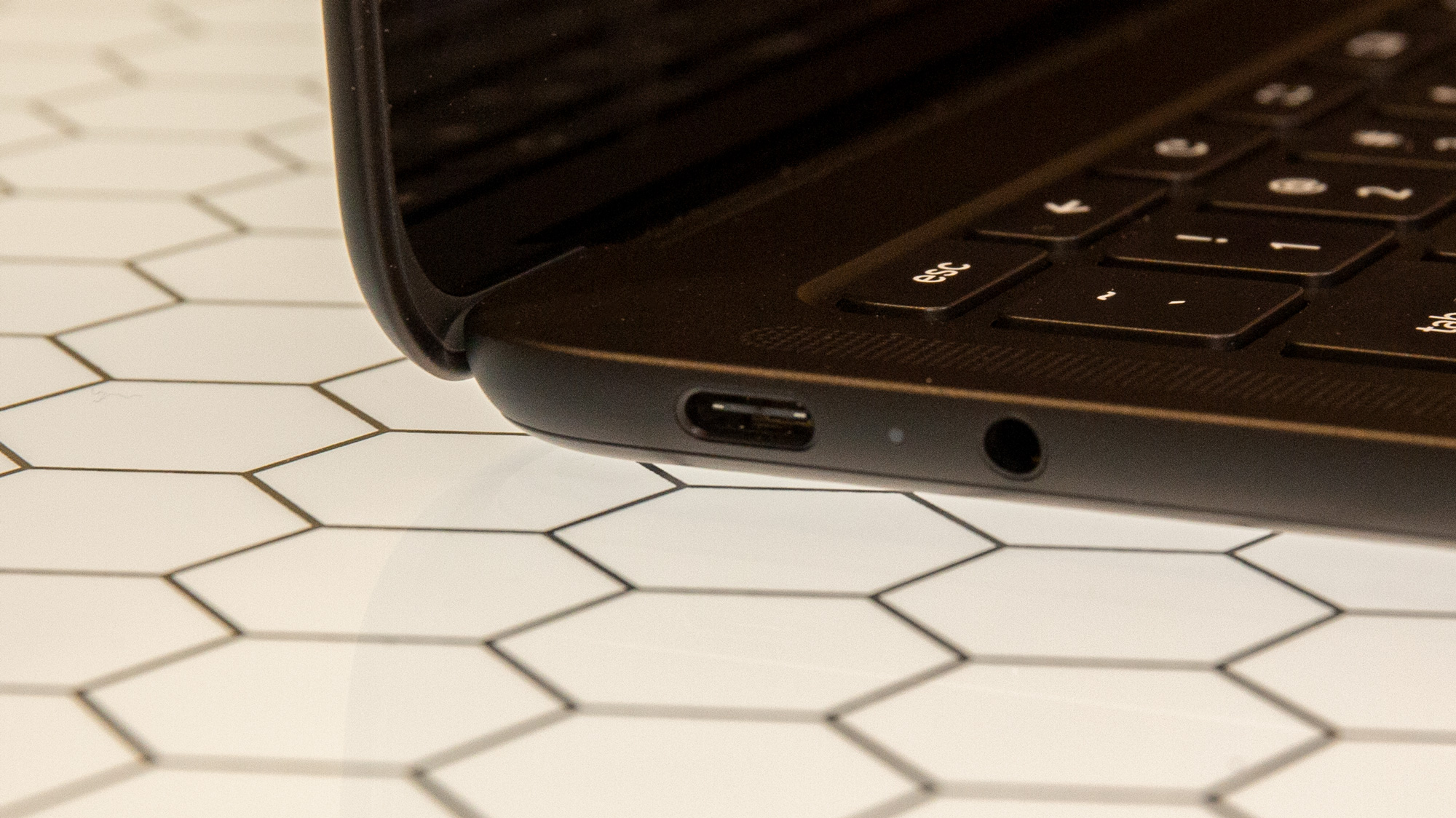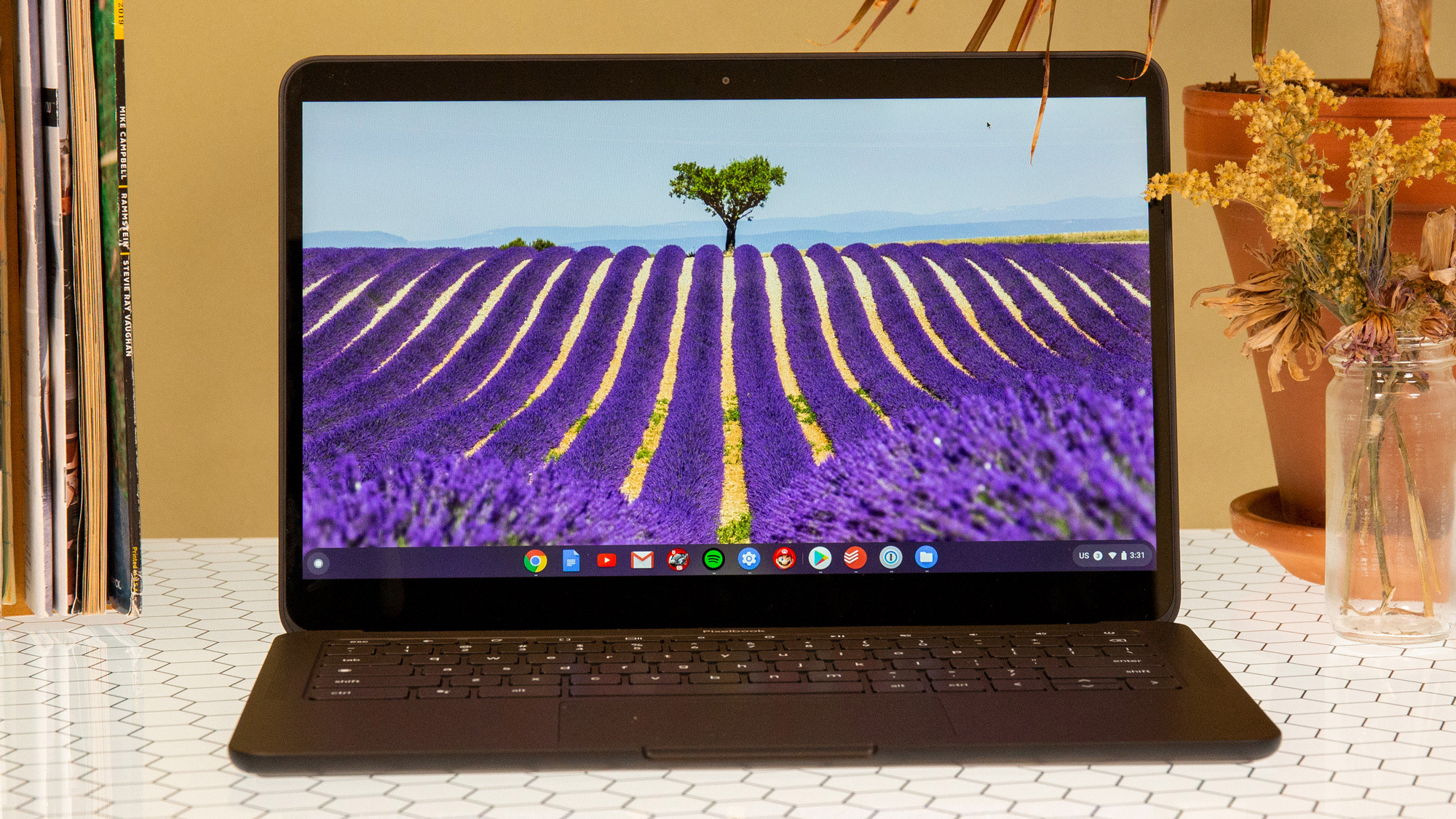I ditched my MacBook Pro for a Pixelbook Go for a month: Here’s what happened
Google's latest Chromebook is a fantastic piece of hardware, but it might not fit into your life.

I really, really like the Pixelbook Go — but I wouldn’t buy one.
I reached that conclusion after spending a month with Google’s latest Chromebook — specifically the $849 version equipped with an Intel Core i5 CPU, 8GB of RAM and 128GB of storage. And it’s a conclusion that doesn’t come lightly.
Over the last four weeks, I’ve reached for the Pixelbook Go reflexively, without a morsel of dread for passing up my MacBook Pro. I published countless deals posts during Black Friday weekend from the Pixelbook Go, and used it in place of my work machine, a Dell Latitude, any chance I could get. I really enjoy doing my job on this thing.
I’ve fallen in love with the hardware. But it’s the way in which the Pixelbook Go can’t quite fit into all aspects of my life — the stuff beyond work — that ultimately dooms this romance. At least I’m left with the memories, and you, dear reader, are left with this memoir from someone who took the Chromebook plunge so you wouldn’t have to. Here’s how it all went down.
What even is Chrome OS, anyway?
Some of my colleagues at Tom’s Guide and Laptop aren’t what you’d call Chromebook evangelists, so I knew the decision to immerse myself in Google’s computing vision for a month might be met with some skepticism.
Nevertheless, I carry a Pixel 4 in my pocket as my daily driver, and Google’s done well by me on the mobile side of things. Once upon a time, I concurrently owned an iPhone and MacBook, and Handoff unlocked so much potential between both devices; I wondered how much more useful Google’s hardware could be when joined together?
As it turns out, not much more. Upon setting up the Pixelbook, you have the option to link the Android Messages app on your phone with the desktop client on the Pixelbook. That sounds nice, though it’s something you can do on Windows and Mac already, in your browser. Chrome OS does expedite the process of piggybacking off my Pixel’s hotspot connection in the event Wi-Fi isn’t dependable, though fortunately I didn’t run into that scenario during my month of testing.

However, the Android Messages implementation elicited a philosophical question: What is a Chrome app? The app icons contained in the Pixelbook Go’s launcher are essentially shortcuts to web pages, like Chrome bookmarks are on an Android phone’s home screen. Some present as Chrome tabs, while others appear in separate windows, with no explanation for the distinction. For example, launching Gmail calls up your inbox in a Chrome tab, whereas Google Keep gets its own separate space.
I eventually discovered that Chrome OS offers the option to launch apps in either form — windowed separately or tabbed within Chrome — and you can set a preference on a case-by-case basis within each app’s information page. I preferred sandboxing them for the most part, because it’s easier than cycling through an endless number of tabs, and it’s the same way that you interact with Android apps downloaded from the Google Play Store.
Speaking of which, the ability to run Android apps on a laptop display sounds good in theory, until you realize that the vast majority of Android apps don’t have tablet- or big-screen-friendly interfaces, unlike their iOS/iPadOS counterparts. The end result is that a lot of phone apps are blown up to obscene proportions, scale terribly, look sparse and aren’t intuitive to navigate if you prefer to use the Pixelbook Go’s trackpad rather than its touchscreen.
I dabbled with Spotify’s Android app on my second day with the Pixelbook Go, and then I deleted it — and then the Play Store entirely — from my machine. I never touched an Android app again for the rest of the month.

It’s all about how you use it
At this stage, just a few days in, I began to worry if the Pixelbook Go and Chrome OS could fulfill my needs. Funnily enough, being forced to make do with web apps caused me to question precisely what I need all the power and performance of a desktop operating system for in the first place.
When all you’re doing is juggling Google Docs, spreadsheets, email, Spotify streaming and, in my case, Tom’s Guide’s content management system, you can get by with Chrome alone, effortlessly. Using the Pixelbook Go caused me to take a step back and be thankful for how much we can accomplish today exclusively through a web browser. It’s astonishing when you consider the state of the World Wide Web a decade ago, when most of that would not have been possible.
Chrome OS just isn’t built for some things.
However, it’s inevitable that you’ll eventually run into a scenario where Chrome isn’t enough. Black Friday is a busy time for us at Tom’s Guide; we’re frequently posting about deals and updating pages with the latest savings. The Pixelbook Go handled the writing portion of the Black Friday rush with no trouble. But when it came time to edit images for stories I was working on, the absence of desktop-class Photoshop presented a nasty roadblock.
I ended up turning to Photopea — an amazing, totally HTML5-based image editor that duplicates many of Photoshop’s critical capabilities, all within the domain of a browser window. I can’t stress enough how Photopea saved me over Black Friday weekend, and also dulled the sting once I realized somebody could spend nearly $1,000 (or more, depending on the configuration) on Google’s semi-premium laptop and not have the ability to run an application that’s been a staple of image editing and computing at large dating back 30 years.
The Pixelbook Go starts at $649, but for that, you’re only getting a Core m3 chip. The version that I anticipate most people will be springing for is the same $849, Core i5 variant I used, which is $250 less expensive than the equivalent MacBook Air. That’s a sizable chunk of change you’ll save with Google’s machine, but if you need to do even the most basic image or audio manipulation, it’s a non-starter. Chrome OS just isn’t built for some things.

Stay for the hardware
It’s a shame, too, because from a hardware perspective, I have almost no criticisms of the Pixelbook Go. While the Just Black colorway doesn’t look terribly impressive in photos, it makes a great impression in person, and lends an old-school MacBook vibe to the design. I think I’d prefer the funky-yet-classy Not Pink flavor given the choice, but the Pixelbook Go still cleans up in the stealthier guise.
The performance has been stellar on the whole, and while I fully understand that Chrome OS doesn’t give the Pixelbook Go much to do, I can’t recall a scenario in which the Pixelbook Go struggled to keep up with anything I asked of it.
In fact, “speedy” is the operative word I’d use to characterize my entire experience with this laptop. Even on occasions when days had passed since the last time I used it, the Pixelbook Go always sprung to life the moment I lifted the lid. And it’s lightning quick to boot up, too.

The battery lasts ages — routinely exceeding 10 hours even with the brightness cranked up — but somehow charges in a blink. And I love the convenience of having a USB Type-C port on each side, especially when Apple has — for some inexplicable reason — repeatedly refused to do as much for the MacBook Air and cheaper MacBook Pro models. The LEDs beside the ports on the Pixelbook Go also make it easy to tell when the battery is juiced up.
Like a great mechanical pencil, the Pixelbook Go has become my new favorite writing instrument.
But my favorite thing far and away about this Chromebook is its keyboard. Not everyone on staff loves it — my colleague Sherri L. Smith says it’s shallower than she’d like, for example. Personally, coming from a butterfly-switch-plagued MacBook Pro, the Pixelbook Go hits the sweet spot for me: The degree of travel is satisfying enough to provide a pleasing level of feedback, but the keys don’t feel spongy. And Google’s done an excellent job of muting the sound when you’re clacking away; Every keystroke is hushed, and as a loud typer, I’m sure that’s something my coworkers appreciate.
If I had a nitpick, the Pixelbook Go is crying out for a fingerprint sensor. That’s mainly because Chrome OS has a head-scratching requirement for authentication, and if you use a PIN code, no less than six digits will do. I’m not sure why Google thinks computers that run its software need to be more secure than the legion of smartphones, Windows PCs and Macs out there that do just fine without stringent passcode enforcement, but embedding a scanner would have mitigated my frustration.
Regardless, the marriage of the Pixelbook Go’s excellent keyboard and Chrome OS’ focused, no-frills nature has made this laptop my new favorite writing instrument, like a great mechanical pencil, or the perfect word processing app. And let’s be honest — there’s not a whole lot else you can do on a Chromebook except work, which keeps you on task, free of distractions.

It just isn’t meant to be
Having never used a Chromebook before, I didn't know what to expect from my month with the Pixelbook Go. Hopeful though I was, no transition to a different platform is totally painless, and I anticipated a learning curve in working Google’s machine into my everyday routine.
While there was indeed a bit of a curve, I was surprised by how little time I needed to acclimate myself to Chrome OS’ eccentricities. The Pixelbook Go’s stellar hardware and performance definitely helped to that end: As an overall package, it’s hard to dislike.
The problem, then, isn’t one specific to the Pixelbook Go; rather, it’s a familiar refrain for Chromebooks in general. The quality of what Google’s built feels almost wasted on the limitations of the operating system it’s chained to.
I wrote this entire article on the Pixelbook Go, and it was a thoroughly enjoyable experience. Later tonight, though, I’m going to have to edit an episode of a podcast, and I’ll have no choice but to pick up my MacBook Pro — with its faulty keyboard and short battery life, that cost several hundred dollars more than this Chromebook — to get the job done.
I’m heartbroken than the Pixelbook Go can’t do everything I need it to do. But then, you know what they say about relationships that don’t work out: It’s better to have loved and lost than never to have loved at all.
Sign up to get the BEST of Tom's Guide direct to your inbox.
Get instant access to breaking news, the hottest reviews, great deals and helpful tips.
Adam Ismail is a staff writer at Jalopnik and previously worked on Tom's Guide covering smartphones, car tech and gaming. His love for all things mobile began with the original Motorola Droid; since then he’s owned a variety of Android and iOS-powered handsets, refusing to stay loyal to one platform. His work has also appeared on Digital Trends and GTPlanet. When he’s not fiddling with the latest devices, he’s at an indie pop show, recording a podcast or playing Sega Dreamcast.
